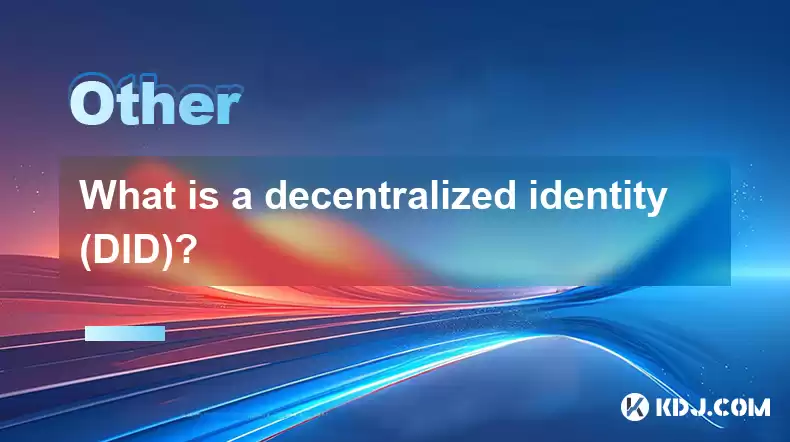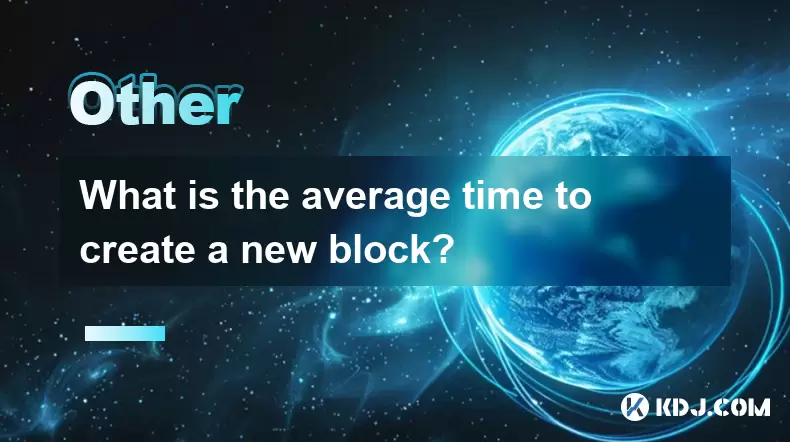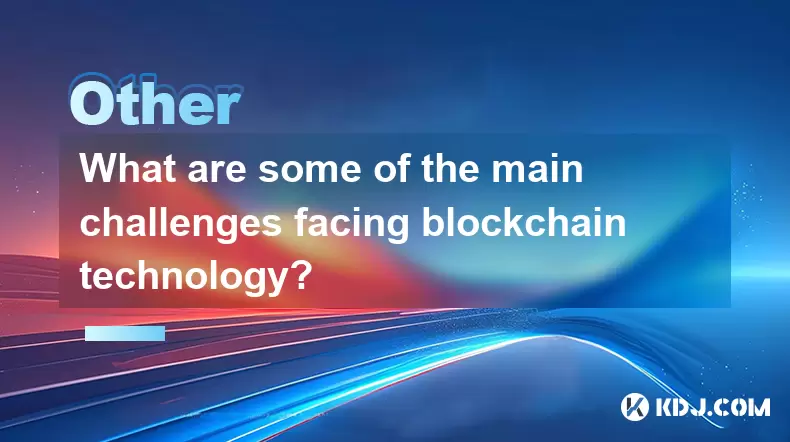-
 Bitcoin
Bitcoin $115100
1.27% -
 Ethereum
Ethereum $3675
2.71% -
 XRP
XRP $2.995
1.45% -
 Tether USDt
Tether USDt $1.000
0.02% -
 BNB
BNB $769.8
2.64% -
 Solana
Solana $168.0
3.25% -
 USDC
USDC $0.9999
-0.01% -
 TRON
TRON $0.3371
1.48% -
 Dogecoin
Dogecoin $0.2051
3.36% -
 Cardano
Cardano $0.7394
2.30% -
 Hyperliquid
Hyperliquid $38.15
0.42% -
 Stellar
Stellar $0.3966
-0.36% -
 Sui
Sui $3.486
2.93% -
 Chainlink
Chainlink $16.72
2.52% -
 Bitcoin Cash
Bitcoin Cash $568.0
4.36% -
 Hedera
Hedera $0.2440
2.59% -
 Ethena USDe
Ethena USDe $1.001
0.04% -
 Avalanche
Avalanche $22.16
2.06% -
 Litecoin
Litecoin $119.1
-0.73% -
 UNUS SED LEO
UNUS SED LEO $8.991
0.04% -
 Toncoin
Toncoin $3.232
-0.39% -
 Shiba Inu
Shiba Inu $0.00001233
2.82% -
 Uniswap
Uniswap $9.717
2.53% -
 Polkadot
Polkadot $3.664
1.85% -
 Dai
Dai $1.000
0.01% -
 Monero
Monero $281.2
-3.89% -
 Bitget Token
Bitget Token $4.350
1.55% -
 Cronos
Cronos $0.1428
5.07% -
 Pepe
Pepe $0.00001050
3.68% -
 Aave
Aave $262.3
3.54%
What is a decentralized identity (DID)?
Decentralized Identity (DID) empowers individuals with full ownership and control over their digital identities, promoting privacy, security, and reducing fraud.
Feb 18, 2025 at 10:42 pm

Key Points:
- Definition of Decentralized Identity (DID)
- Benefits of Using DIDs
- Steps to Create a DID
- Examples of DID Use Cases
- FAQs on Decentralized Identity
What is a Decentralized Identity (DID)?
Decentralized Identity (DID) is a new paradigm for managing digital identities. Unlike traditional centralized identity systems, where a single entity controls access to user data, DIDs are based on blockchain technology and give individuals full control over their own identities. With a DID, users can verify their identity and conduct transactions without relying on third parties, reducing the risk of fraud and data breaches.
Benefits of Using DIDs:
- Empowerment and Control: DIDs provide individuals with complete ownership and control over their digital identities, empowering them to decide who has access to their data and when.
- Increased Privacy and Security: By eliminating the need for third-party verification, DIDs enhance privacy and safeguard personal data from malicious actors.
- Reduced Fraud and Cybercrime: DIDs enable secure and verifiable authentication, minimizing the risk of identity theft and other cybercrimes.
- Improved Interoperability: DIDs facilitate interoperability across different blockchain networks, allowing users to access services and applications without facing compatibility issues.
Steps to Create a DID:
- Generate a DID Document: The DID document is a JSON file that contains essential information about the DID, such as the DID itself, the public key, and other metadata.
- Publish the DID Document: The DID document is published on a decentralized network, such as a blockchain, to make it globally accessible and verifiable.
- Store the DID: Users can store their DIDs in a DID wallet or other secure storage solution to manage and access them conveniently.
Examples of DID Use Cases:
- Secure Authentication: DIDs can be used for secure authentication in various online platforms and services, eliminating the need for usernames and passwords.
- Digital Identity Proof: Individuals can use DIDs to prove their identity in a verifiable and tamper-proof manner, such as for KYC (Know Your Customer) processes.
- Decentralized Social Networking: DIDs can enable decentralized social networking where users have full control over their profiles and interactions.
- Data Sharing and Management: DIDs provide a secure and privacy-preserving way for individuals to share and manage their data with trusted parties.
FAQ on Decentralized Identity:
- Q: What is the difference between a DID and a traditional identity?
- A: A DID gives individuals complete control over their own digital identity, unlike traditional identities controlled by centralized authorities.
- Q: How do I create a DID?
- A: You can follow the steps outlined in the article to generate, publish, and store your DID.
- Q: What are the benefits of using DIDs?
- A: DIDs offer enhanced privacy, security, reduced fraud, and improved interoperability compared to traditional identities.
- Q: What are some examples of DID use cases?
- A: DIDs are used in secure authentication, digital identity proof, decentralized social networking, and data sharing and management.
Disclaimer:info@kdj.com
The information provided is not trading advice. kdj.com does not assume any responsibility for any investments made based on the information provided in this article. Cryptocurrencies are highly volatile and it is highly recommended that you invest with caution after thorough research!
If you believe that the content used on this website infringes your copyright, please contact us immediately (info@kdj.com) and we will delete it promptly.
- HashFlare Founders Face the Music: Jail Time Looms?
- 2025-08-07 14:30:12
- Pepeto's Pounce: Meme Coin Mania Meets Blockchain Infrastructure
- 2025-08-07 15:10:12
- Parataxis, SPAC Merger, and Bitcoin Treasury: A New York Minute on Crypto's Latest Moves
- 2025-08-07 15:30:12
- Toshi on Binance.US: A Memecoin's Big Break
- 2025-08-07 14:30:12
- Bitcoin, SPAC Mergers, and Parataxis: A New Yorker's Take on Crypto's Wall Street Moment
- 2025-08-07 14:50:27
- Bitcoin, Collateral, and Loan Strategies: A New York Minute on the Future of Finance
- 2025-08-07 14:50:27
Related knowledge

What is the purpose of a nonce in mining?
Aug 04,2025 at 05:56pm
Understanding the Role of a Nonce in Cryptocurrency MiningIn the world of cryptocurrency mining, the term nonce stands for 'number used only once.' Th...

Can data on a blockchain be deleted?
Aug 05,2025 at 04:00am
Understanding Blockchain ImmutabilityThe core principle behind most blockchain systems is immutability, which means that once data is recorded onto th...

What is the difference between on-chain and off-chain transactions?
Aug 02,2025 at 04:22pm
Understanding On-Chain TransactionsOn-chain transactions refer to digital asset transfers that are recorded directly on a blockchain ledger. These tra...

What is the average time to create a new block?
Aug 06,2025 at 09:21pm
Understanding Block Creation in Blockchain NetworksThe average time to create a new block varies significantly depending on the specific blockchain pr...

How are blocks linked together?
Aug 04,2025 at 06:56am
Understanding the Structure of a BlockchainA blockchain is a decentralized digital ledger composed of a sequence of blocks, each containing a list of ...

What are some of the main challenges facing blockchain technology?
Aug 07,2025 at 02:58am
Scalability Constraints in Blockchain NetworksOne of the most persistent challenges in blockchain technology is scalability. As blockchain networks gr...

What is the purpose of a nonce in mining?
Aug 04,2025 at 05:56pm
Understanding the Role of a Nonce in Cryptocurrency MiningIn the world of cryptocurrency mining, the term nonce stands for 'number used only once.' Th...

Can data on a blockchain be deleted?
Aug 05,2025 at 04:00am
Understanding Blockchain ImmutabilityThe core principle behind most blockchain systems is immutability, which means that once data is recorded onto th...

What is the difference between on-chain and off-chain transactions?
Aug 02,2025 at 04:22pm
Understanding On-Chain TransactionsOn-chain transactions refer to digital asset transfers that are recorded directly on a blockchain ledger. These tra...

What is the average time to create a new block?
Aug 06,2025 at 09:21pm
Understanding Block Creation in Blockchain NetworksThe average time to create a new block varies significantly depending on the specific blockchain pr...

How are blocks linked together?
Aug 04,2025 at 06:56am
Understanding the Structure of a BlockchainA blockchain is a decentralized digital ledger composed of a sequence of blocks, each containing a list of ...

What are some of the main challenges facing blockchain technology?
Aug 07,2025 at 02:58am
Scalability Constraints in Blockchain NetworksOne of the most persistent challenges in blockchain technology is scalability. As blockchain networks gr...
See all articles

























































































